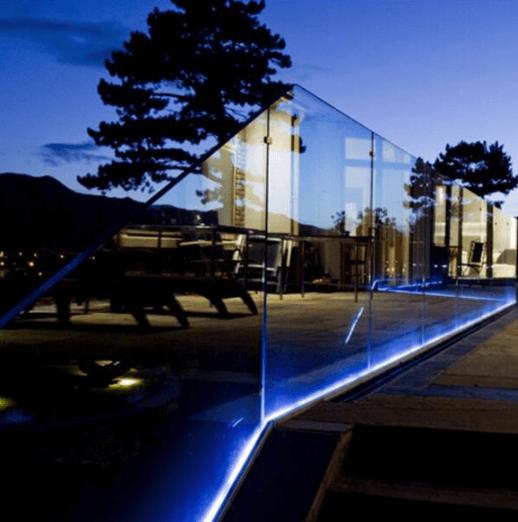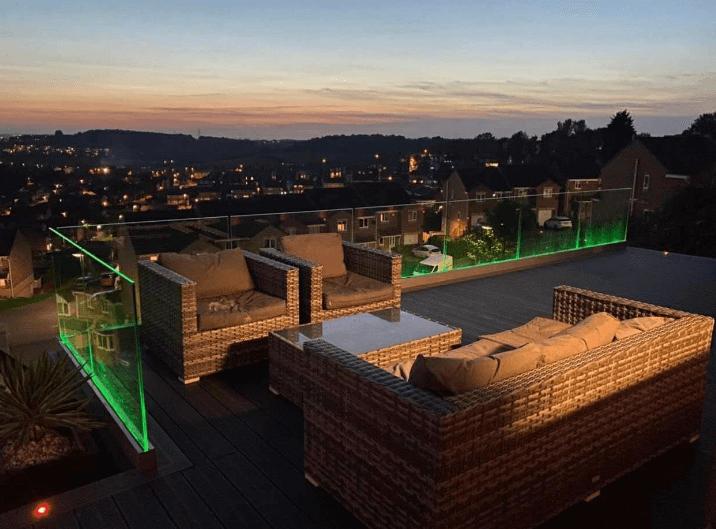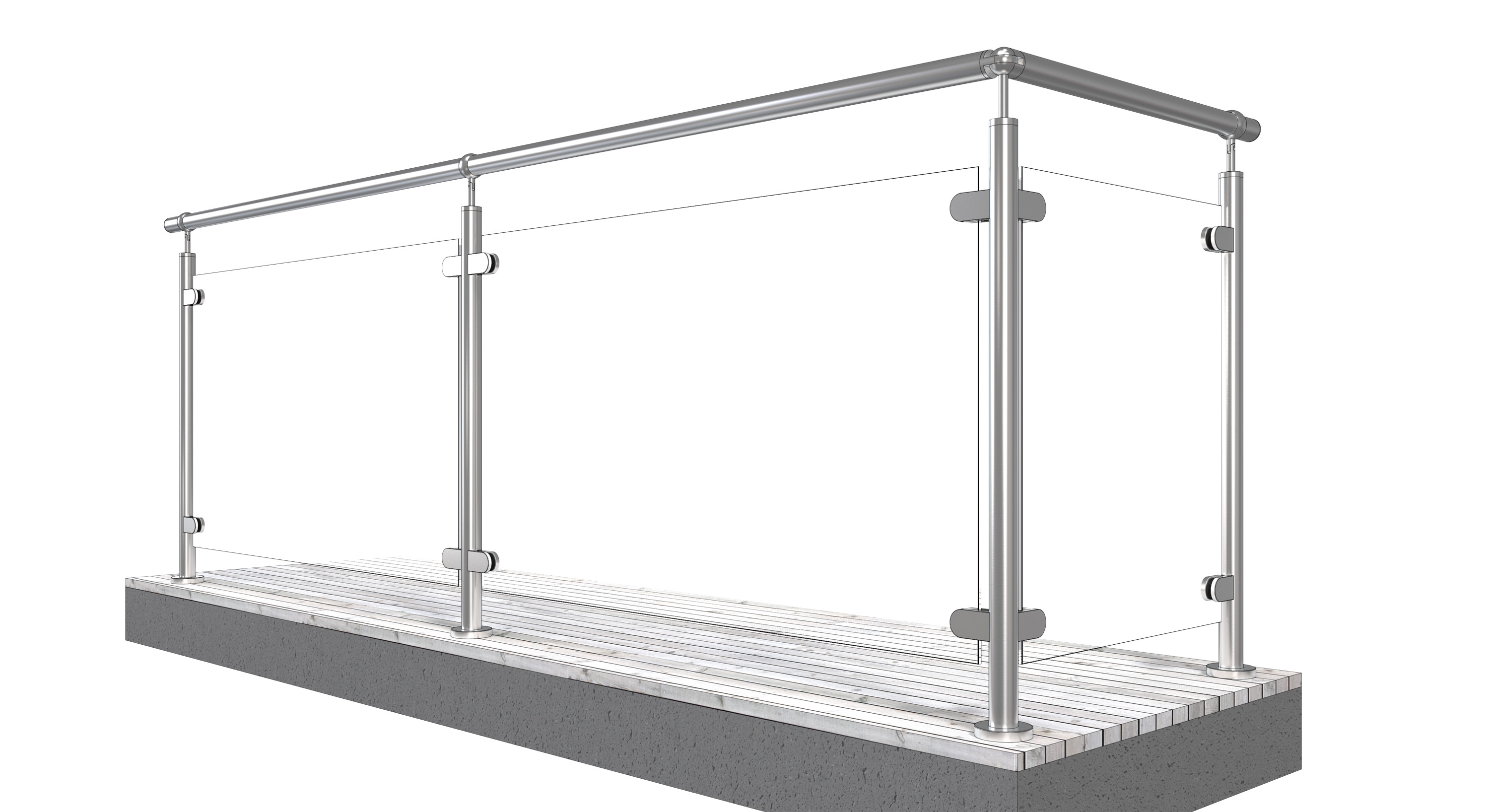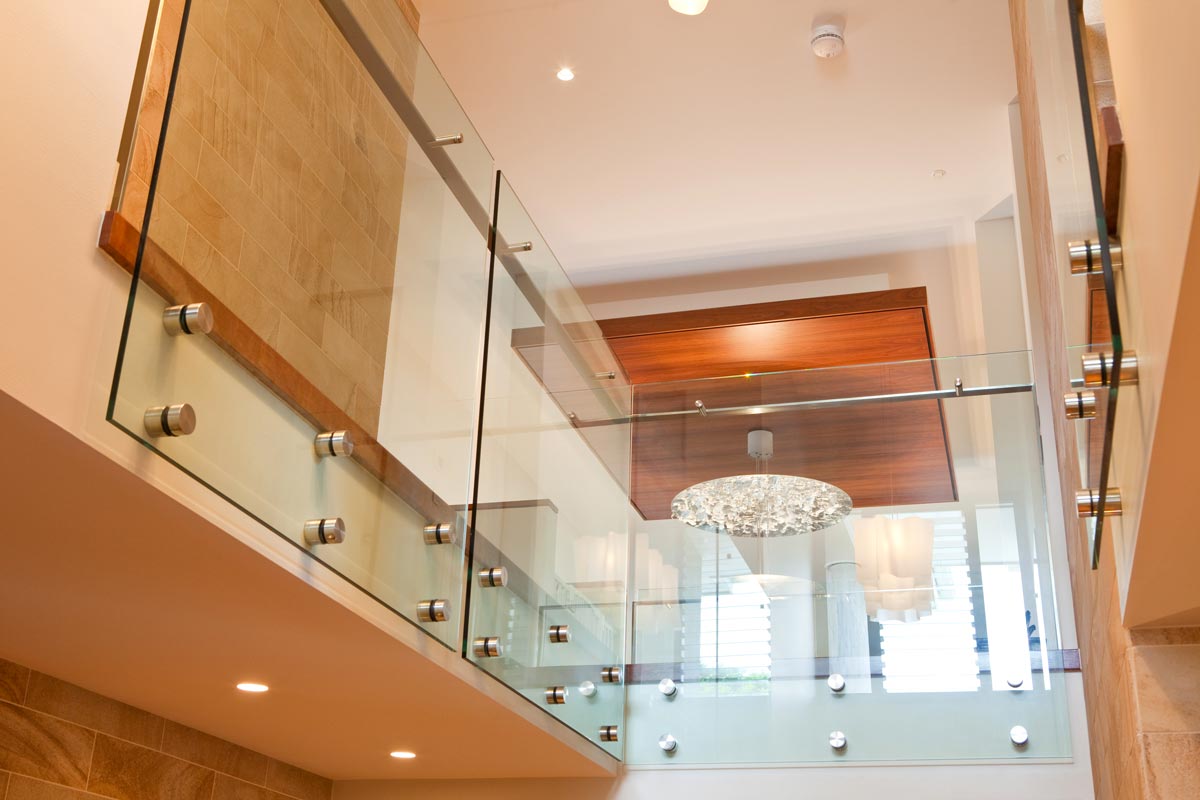Balcony railings serve not only as a safety feature but also as a significant aesthetic element of any building or residence. Among the various materials available, glass has gained popularity for its modern and sleek appearance.
However, when it comes to glass balcony railings, one crucial factor to consider is the thickness of the glass. In this article, we will delve into the key considerations and guidelines for choosing the right glass thickness for your balcony railings.
Safety First
The primary purpose of balcony railings is to provide a barrier that ensures the safety of individuals on elevated platforms.
When opting for glass railings, safety becomes even more paramount. The thickness of the glass directly influences the railing's ability to withstand external forces and impacts.
Building Codes and Regulations
Before delving into the technical aspects, it is imperative to familiarize oneself with local building codes and regulations. Different regions may have specific requirements regarding the minimum thickness of glass for balcony railings to meet safety standards.
Consult with local authorities or building professionals to ensure compliance with these regulations.

Consideration of Height
The height of your balcony railing plays a significant role in determining the appropriate glass thickness. Taller railings are subject to higher wind forces and, in turn, require thicker glass to withstand these forces.
It is advisable to consult with a structural engineer to calculate the wind load specific to your location and design.
Glass Types and Strength
Not all glass is created equal. There are various types of glass available in the market, each with different strengths and characteristics.
Tempered glass, for instance, is known for its durability and safety features. Laminated glass, on the other hand, consists of multiple layers bonded together, providing enhanced strength and security.
The thickness of the glass is directly proportional to its strength. Thicker glass can withstand more significant impact forces and is less prone to breakage.
However, finding the right balance is crucial, as excessively thick glass may compromise the aesthetic appeal of the railing.
Aesthetic Considerations
While safety is paramount, the visual appeal of your balcony railing should not be overlooked. The thickness of the glass contributes to the overall aesthetic of the railing.
Thinner glass can provide a more transparent and minimalist look, while thicker glass may offer a more substantial and robust appearance.
It's essential to strike a balance between safety and aesthetics, taking into account the architectural style of the building and personal preferences.
Working with a professional designer can help find the perfect harmony between safety requirements and visual appeal.

Maintenance and Cleaning
Another aspect to consider is the practicality of maintenance and cleaning. Thicker glass may be heavier, making it more challenging to handle during installation and maintenance.
Additionally, the cleaning process for thicker glass may require more effort due to its weight. Consider the practicality of maintenance tasks when deciding on the appropriate glass thickness.
Conclusion
Choosing the right glass thickness for your balcony railings involves a careful consideration of safety, local regulations, aesthetic preferences, and practical aspects. Collaborating with professionals, such as structural engineers and designers, can ensure that your balcony railing not only meets safety standards but also enhances the overall look of your property.






